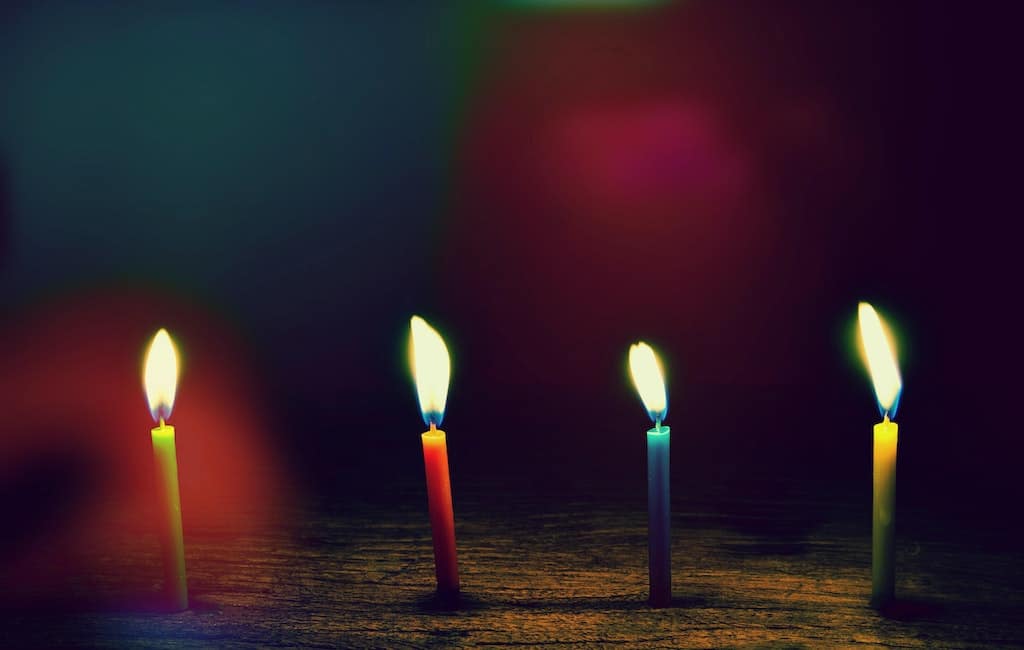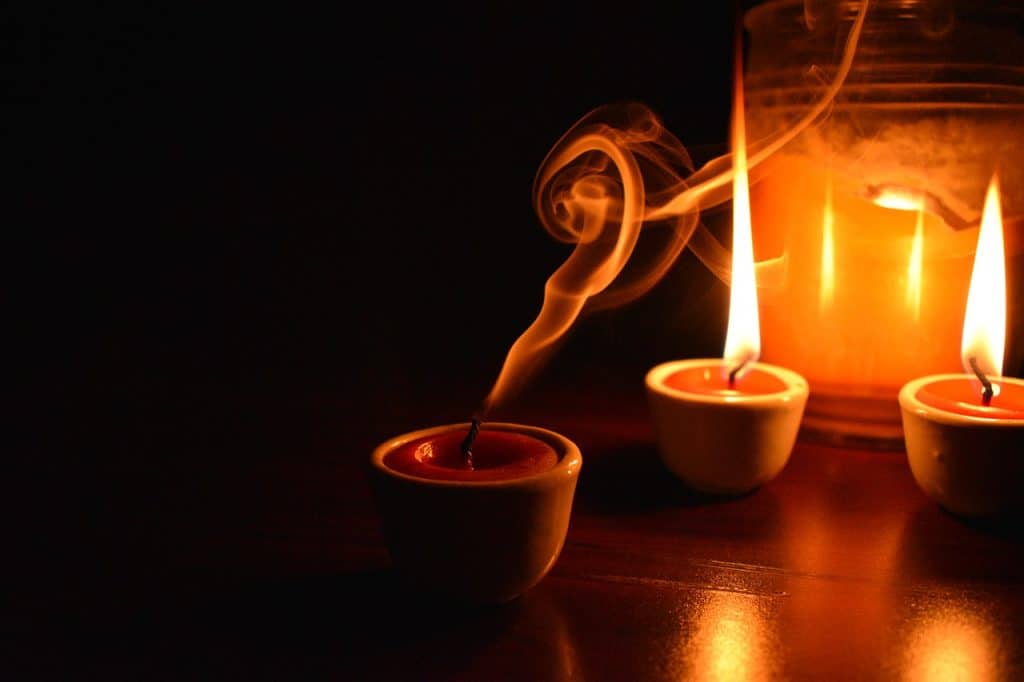Candles are common household items that were first invented a very long time ago. The very first candles were made from boiled down tallow, obtained from the carcasses of slaughtered cows and other livestock.
Back in the olden days – centuries ago – candles were among the most popular sources of indoor illumination. As a matter of fact, there was a time when they were the height of technology as far as indoor illumination was concerned.
However, the invention of the electric light bulb literally made people see the light, and decide that they no longer needed to rely on candles.
THE HISTORY OF CANDLES
Candles have been around for millennia, which is why their usage can be traced back to very ancient points in history. For instance, some historians have records of some of the earliest forms of candles used around five thousand years ago, which were made from fat derived from whales. Also, there are records of a time when candles were made from rolling up insects in paper, in certain parts of the world (the bodies of the insects usually serve as the fuel source, which support the combustion of such a candle’s flame).
Over the course of time, candles have been made from different kinds of materials (such as beeswax, tallow or boiled down fat gotten from animals, soy wax, paraffin wax etc). Centuries ago, tallow candles were the most common types of candles in the world. Candle makers of those times used to train as apprentices under established and seasoned candle makers (chandlers). And chandlers would go from household to household, in order to make candles for them by utilizing animal fat from their kitchens; which have been set aside specifically for the purpose of candle making. During this era, candles were relatively expensive because it was tallow that was used in their making and the material wasn’t easily obtainable by those who were not well off (as a matter of fact, it was not unusual for people to sell their candles, whenever they were strapped for money). Tallow candles also used to be eaten in times of famine, as they are typically made from edible animal fact (however, this edibility does not apply to all kinds of candles).
The invention of paraffin wax candles ended up driving tallow candles out of popularity in the late 1800s. Shortly afterwards, the electric light bulb was invented.

WHY ARE CANDLES BECOMING POPULAR AGAIN?
The invention of the electric light bulb marked the end of an era in the field of candle making, as people no longer needed to rely on candles. Instead, there was a steady shift in demand from candles to electricity in several households within developed parts of the world. This gradual shift continued for several decades until the kind of society we have today was established (i.e. a world in which people no longer rely on candles as their primary source of indoor illumination. Not when we have light bulbs).
Nevertheless, in recent years, the world has begun to experience a visible rise in the demand for candles. This is most notably as a result of the increasing popularity of aromatherapy.
Aromatherapy is a field of therapy whereby scents and fragrances (particularly those obtained from natural plant-based sources) are used in the treatment and alleviation of stress, anger and similar conditions. Scented candles, in particular, are major tools used in this field; as they usually contain such fragrances and scents, which are typically added and mixed in, during the candle making process (i.e. while the candle is still in its melted, liquid form).
HOW TO RECYCLE CANDLES
When candles burn, their wax melts and they begin to diminish in size. However, some people have wondered if something could be done about the melted wax (which usually ends up solidifying somewhere around the candleholders). What if candles could be recycled?
The simple answer is yes. Candles can be recycled, and these are the steps involved in the process:

- Collect your re-solidified and left over candles (and other materials)
Recycled candles can be made from left over stubs of old candles, as well as re-solidified (formerly) melted wax. Therefore the first step in making them (i.e. recycled candles) is to decide on your raw materials and assemble them, along with any other material you would be needed (e.g. about 2 big metal saucepans that can be placed over a heat source, new candle holders, new wicks, suitable metal strainers and so on).
- Prepare your new candle holders
After collecting your candle wax and assembling your utensils, the next step is to prepare your new candle holders. Do this by cleaning them and setting your candle wick up, within them. The purpose of this is to save time during the candle making – or candle recycling – process.
- Melt your wax in a large saucepan
After preparing your candle holders, the next step is to melt your wax. Do this by first ensuring that your metal saucepan (just one is used at this stage) is clean. Then you place your candle wax samples inside it and place the saucepan on a heat source (preferably a stove with good controls, this way you can adjust the heat temperature accordingly). Set the stove to low heat so that the wax can melt evenly while you stir (you can choose to raise the heat to medium, intermittently, if you find low heat too slow).
Stir the wax occasionally while it melts.
- Strain the melted wax to remove impurities
After melting the wax, you should first strain it into the second metal saucepan (which must also be clean), so as to remove impurities like old wicks. After doing this, you can reheat the wax for a few minutes (because it may have started to solidify), before moving on to the next stage.
- Pour it into the new candle holders
The process of pouring melted wax into your prepared candleholders must be done slowly and evenly, so as to avoid the inclusion of air bubbles in the new candles being formed. This is because air bubbles reduce the quality of candles and may prevent them from burning effectively.
- Let them cool
The final stage of recycling candles is to let the newly formed candles solidify suitably before use.




